Hey there, safety-conscious friend! Did you know that building strength without moving an inch could help you stay safer in tricky situations? Let’s dive into isometric exercises—your secret weapon for building rock-solid stability, sharp reflexes, and the kind of quiet strength that keeps you ready for anything. No gym required—just your body, focus, and a little know-how!
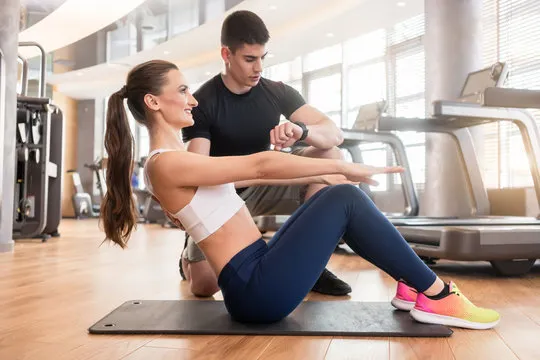
Why Isometrics? Your Body’s Silent Alarm System
Imagine being able to hold your ground, push back against force, or escape a grip without flailing or wasting energy. That’s the power of isometric exercises! These static holds train your muscles to work smarter, not harder, by focusing on control over chaos. Think of it as “ninja training” for real-life scenarios.
Why it’s a game-changer for safety:
- Targeted muscle engagement: No wasted energy! Isometrics force you to use only the muscles needed for the job—no “cheating” with weaker ones.
- Joint-friendly stability: Strengthen muscles around joints (like knees and shoulders) to reduce injury risk during sudden movements or falls.
- Stealth mode: Practice discreetly anywhere—no equipment needed. Perfect for building strength at home, work, or even mid-commute.
Your 5-Step Safety-Focused Isometric Routine
Ready to turn your body into a fortress? Try these moves to build strength for pushing, gripping, and holding your ground:
1. Wall Sit: The “Escape Artist” Leg Builder
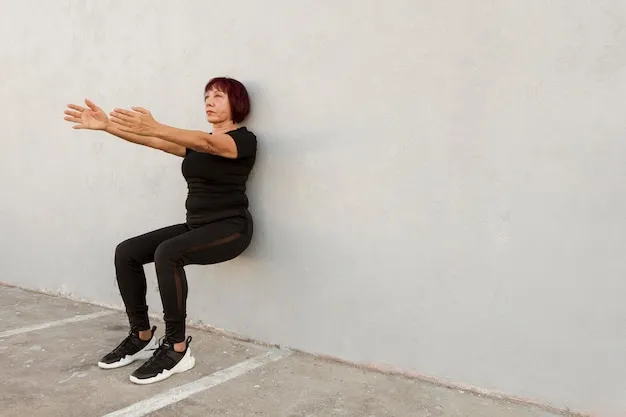
How to do it:
- Lean against a wall, slide down into a seated position (knees at 90 degrees), and hold.
- Imagine bracing against a door or holding your stance in a crowd.
Why it works: Strengthens quads and glutes for explosive power to push off or stabilize during a struggle.
2. Plank: Core Armor for Balance
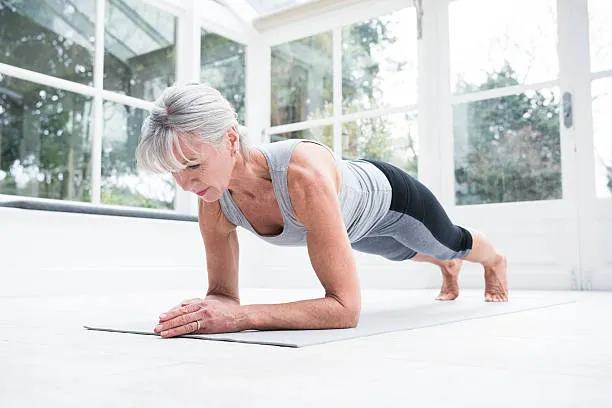
How to do it:
- Hold a push-up position on your forearms, keeping your body straight.
- Pretend you’re shielding yourself from a push or bracing for impact.
Why it works: Builds a bulletproof core to maintain balance and protect your spine in sudden movements.
3. Isometric Push-Up Hold: Upper Body Defense
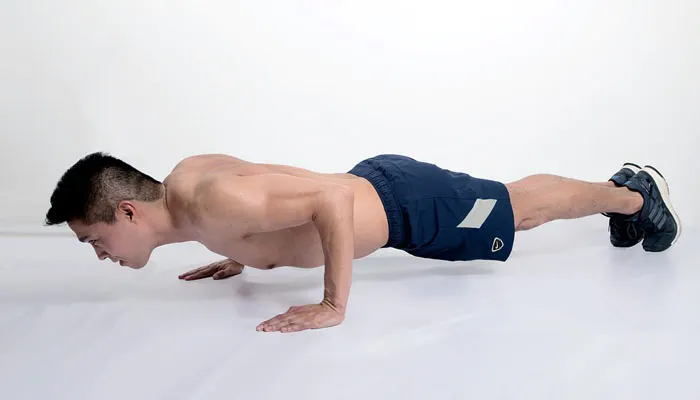
How to do it:
- Lower into a push-up until your elbows are bent at 90 degrees and hold.
- Visualize holding back weight or creating space to slip away.
Why it works: Strengthens chest, shoulders, and triceps for pushing or resisting force.
4. Gripper Hand Press: Crush Grip Strength

How to do it:
- Press your palms together like you’re crushing a stress ball. Squeeze for 10–20 seconds.
- Great for breaking free from wrist grabs or holding onto something tightly.
Why it works: Boosts grip strength and forearm endurance—key for self-defense or carrying heavy objects safely.
5. Horse Stance: Martial Arts Stability
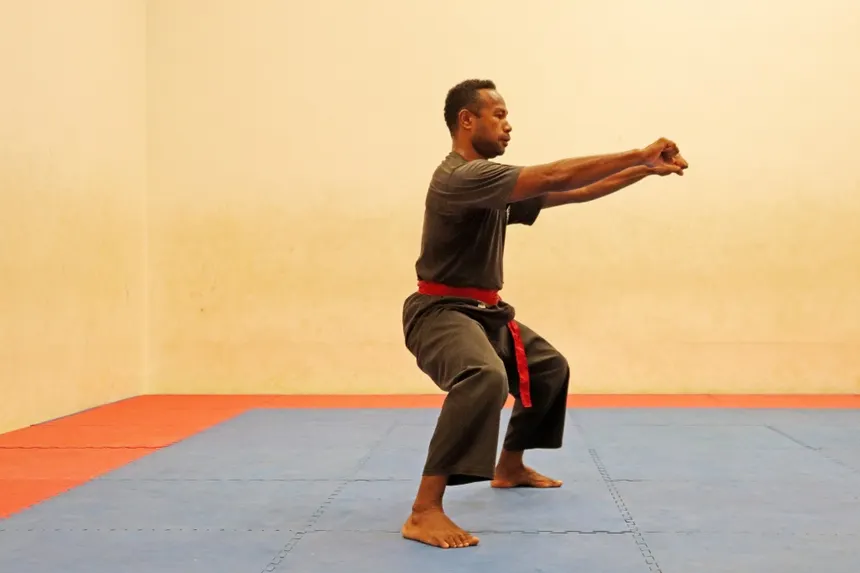
How to do it:
- Stand with feet wide, knees bent, and thighs parallel to the ground (like sitting on an invisible horse).
- Channel your inner martial artist—this stance builds leg endurance for quick pivots or holding ground.
Why it works: Improves lower-body stability and balance, critical for staying upright in chaotic situations.
Safety Perks You Didn’t See Coming
- Faster Reaction Time: Isometrics sharpen your mind-muscle connection, helping you react quicker in emergencies.
- Injury Resilience: Stronger muscles around joints = fewer sprains or tears if you need to twist, run, or brace.
- Low-Profile Training: No fancy gear needed—practice discreetly in small spaces (hello, apartment workouts!).
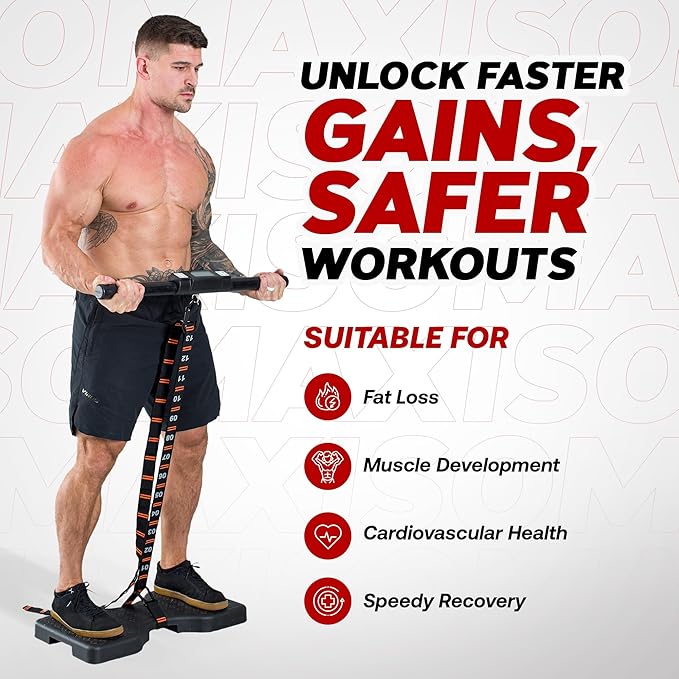
You can also use a tension bar to increase resistance and work further on the upper body. If this is for you, CLICK HERE
Safety First: Tips to Avoid Pitfalls
- Breathe! Holding your breath spikes blood pressure. Inhale deeply, exhale slowly—stay calm under tension.
- Form matters: Poor posture during planks or wall sits can strain your back. Keep your core tight and shoulders relaxed.
- Check with your doc: If you have high blood pressure or injuries, consult a professional first—isometrics can temporarily raise BP.
Quick 5-Minute “Safety Drill”
- Wall Sit: 30 seconds (pretend you’re barricading a door).
- Plank: 20 seconds (brace like someone’s pushing you).
- Gripper Hand Press: 15 seconds each hand (practice breaking a grip).
- Repeat 2x.
Pro tip: Add a mental twist—visualize a scenario (e.g., holding a door shut) while you hold each move.
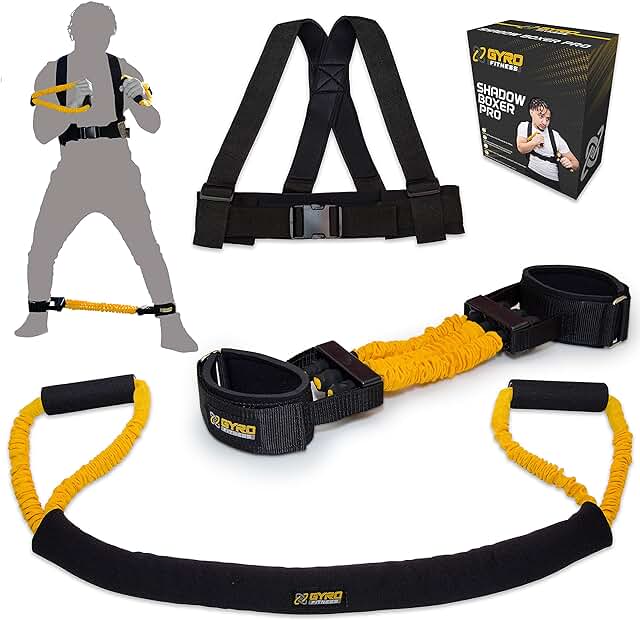
Some people need the added resistance of some good resistance equipment. If this is you, CLICK HERE
Final Thought: Strength Without the Spotlight
Isometric exercises are like a silent alarm system for your body—always on, always ready. Whether you’re navigating a crowded street, defending your personal space, or just want to feel more confident in unpredictable situations, these static holds build the kind of strength that doesn’t shout… but works.
So next time someone asks why you’re “just standing there” in a wall sit, smile and say, “I’m training to be my own bodyguard.” 💪

Affiliate Disclosure: This post may contain affiliate links. This means that if you click on a link and make a purchase, we may receive a small commission at no extra cost to you. These commissions help support the website and allow us to continue providing valuable content. We only recommend products and services that we believe will add value to our readers.
Disclaimer: The information provided in this article is for general informational purposes only. While we strive to provide accurate and up-to-date information, we make no representations or warranties of any kind, express or implied, about the completeness, accuracy, reliability, suitability, or availability with respect to the content. Any reliance you place on such information is strictly at your own risk. We do not endorse or recommend any particular course of action or product. Always seek professional advice, including legal advice, where appropriate, before taking any action based on the information provided in this article.